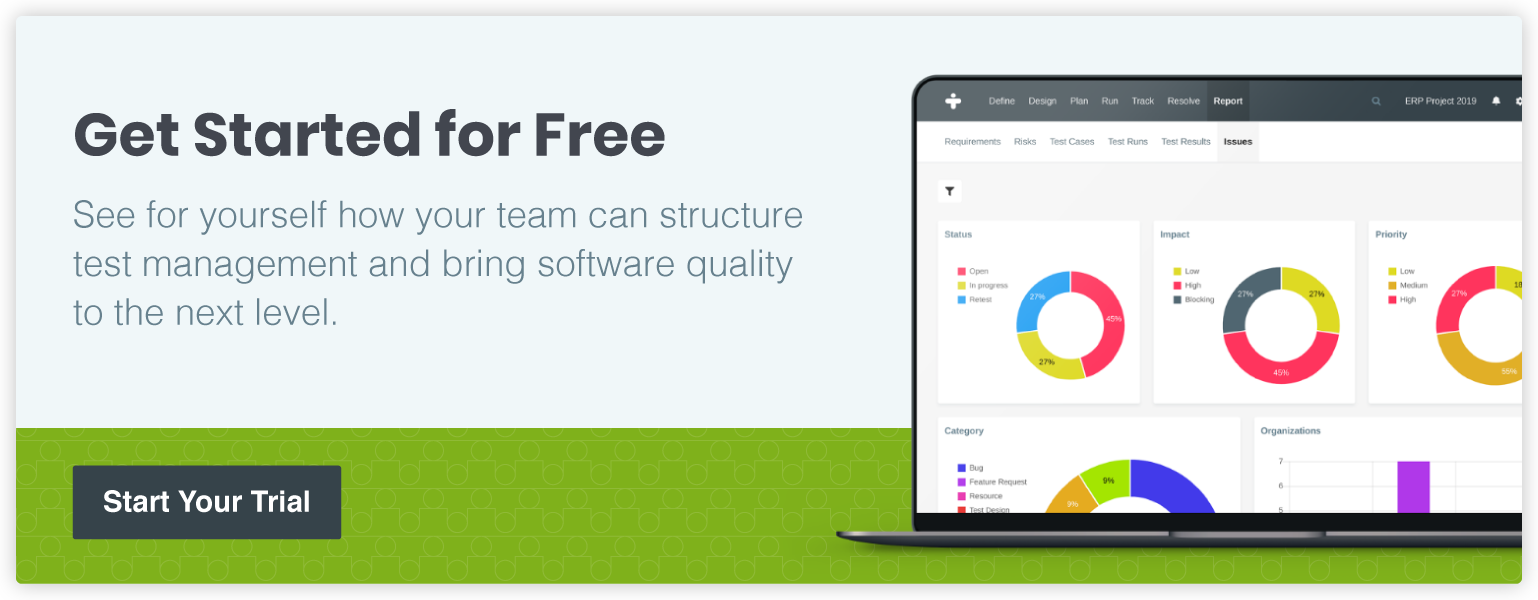The Importance of Testing for Cloud-Based Software Is Heavily Underestimated
More and more businesses are moving away from the Industrial Age of IT and entering the Information Age by transitioning to the cloud. Does a new era mean that testing is becoming less important? Or is testing evolving, too?
For the cloud, software must meet two criteria, answering the following questions in the affirmative: does it work, and can I easily use it?
As companies transition to the cloud, they are looking for more efficiency, more agile management, and improved availability access to their systems at all times. They may also be looking to transition away from having to manage the constant updates and upgrades that software requires. After all, when they migrate to the cloud, they pass on the effort to update all new software releases to a managed services provider. Managed services perform this remotely—the customer does not have to do anything. They can assume that the releases are properly tested and that they are waterproof and delivered flawlessly.
But what about the applications and software running in those cloud-based systems? Do they still work and can I work with it remains a concern.
Does It Work? Can I Work with It?
The answer to the first question (does it work?) should be guaranteed by the software supplier. All software should work as intended, both technically and functionally. The responsibility for that aspect of software quality does not change at all. But whether or not you can work with the software is up to you, the end customer.
The testing of new software is, therefore, no less important with cloud-based software. It may seem less important because the installation is organized differently, but the question of who is responsible for the testing activities remains relevant and topical.
Assuming everyone within an organization complies with the supplier's guidelines and best practices, there should be no issues with the interface through the cloud. You will see such implementations actually succeed, provided that these conditions are met. However, each organization has its own DNA, variations, and competencies, which means that these guidelines are never fully aligned.
And then we haven't even talked about the interfaces between two different cloud services suppliers, which do not always have standardized arrangements. Checking whether the new software works and if you can do your job with it, therefore, remains crucial.
The Price Tag of Failed Projects
Not testing a new system or update can cost a lot of money if something goes wrong in a product system. The CISQ (Consortium for Information & Software Quality) estimated last year that the damage of failed IT projects in the U.S. in 2020 had cost businesses about $260 billion. Similarly, software problems related to legacy systems cost an estimated $520 billion, and software errors in operational systems cost an estimated $1.56 trillion.
Other Considerations
The process of thoroughly testing cloud-based software is no different from the process for testing on-premises software. However, with cloud services, other aspects come into play. Think of security controls, data integrity risks, network connectivity, and accessibility risks. These are often agreed upon and established in underlying SLAs, but will have to be critically assessed at certain times—such as by having an annual penetration test carried out by a specialized party. Testing is necessary to continue guaranteeing safety.
Our Approach
TestMonitor can help businesses understand the nuances of testing software that’s hosted in the cloud. We provide a cloud-based test management software solution that enables the customer to easily design and monitor this quality assurance process in an organized way.
Our users can decide how deep and how comprehensive their tests are, while also benefiting from test case libraries that facilitate iterative testing schedules in time for migration to a new release.
In addition, we are seeing more and more customers logging in with our API links and an automated test tool. With this synergy, you can see test results on one screen, where 70 percent have a robot as a tester and 30 percent have an employee. Because the information is grouped together in one dashboard, you can easily analyze and report, providing an overview and insight into where there is still work to be done or where improvements can be made. In this way, TestMonitor already helps more than 75 corporations gain insight into quality—that is what TestMonitor stands for after all.







